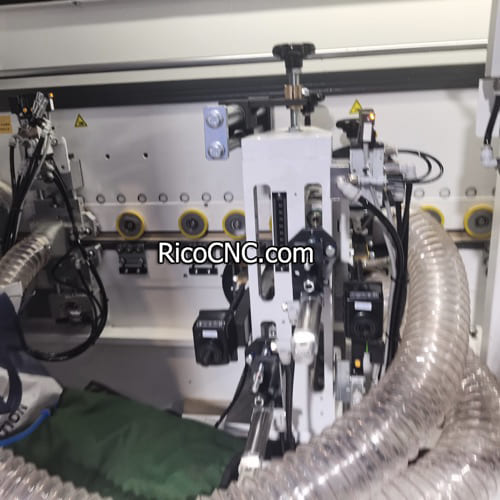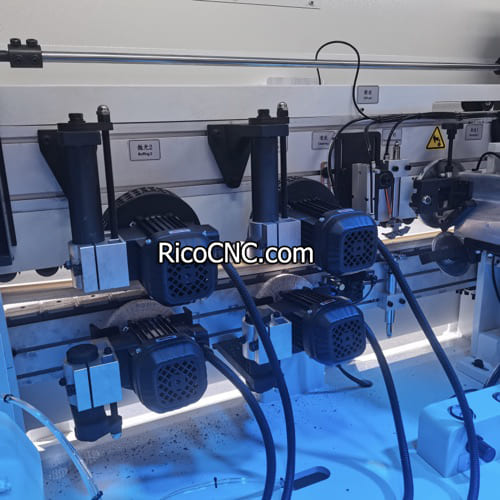
How to Reset a Furnace Limit Switch
A furnace limit switch is one of the most important safety devices that ensures your heating system functions correctly and safely. When your furnace becomes overheated or runs outside of optimal operating conditions, the limit switch shuts down the system to prevent damage and potential hazards. If you are facing problems such as inconsistent heating, frequent shutdowns, or receiving error codes related to the furnace limit switch, resetting it may help solve these issues. This guide will take you through the process of resetting a furnace limit switch, along with understanding its purpose and diagnosing common issues.
Understanding the Furnace Limit Switch and Its Role
A furnace limit switch is a safety device responsible for monitoring the temperature inside the furnace. Its main function is to shut off the burners when temperatures exceed a certain limit, thereby preventing overheating, which could lead to damage or safety hazards. Additionally, the limit switch controls the blower to ensure that warm air is distributed effectively and that excess heat does not accumulate in the system.
This switch acts as a gatekeeper, making sure that the internal components of the furnace are safe from high temperatures. It prevents faulty limit switch issues by ensuring that overheating conditions are managed promptly. Here’s a simple breakdown of how it works:
Temperature Monitoring: The limit switch keeps track of the furnace's internal temperature.
- Burner Control: If the temperature gets too high, the burner is shut off.
- Blower Operation: The blower fan continues to run until the furnace cools down.
The furnace limit switch plays a significant role in ensuring not only efficiency but also safety, minimizing risks of potential fire hazards. By preventing overheating, it ensures a consistent and comfortable heating experience throughout your home.
Components Related to Furnace Safety
Furnace systems often integrate other components for improved safety and control. To better understand the role of limit switches and their function in automated systems, you may find the 5728400420 AVENTICS Pneumatic Solenoid Valve interesting for its application in temperature-sensitive environments.
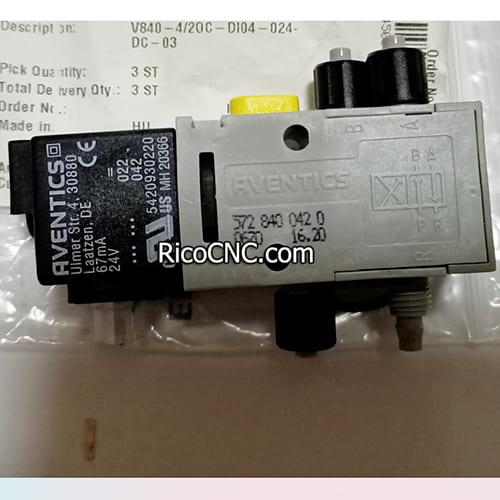
Signs That Indicate a Furnace Limit Switch Reset is Needed
There are several signs indicating that the limit switch may need a reset. Understanding these signs helps you address problems promptly and maintain the efficiency of your furnace:
Continuous Blower Operation: One of the most common signs that your limit switch is engaged is when the furnace blower keeps running non-stop, even when the house is at the right temperature. This indicates that the switch has tripped and needs to be reset.
- Frequent Shut Offs: If the furnace turns off frequently or fails to stay on for long enough, it might indicate a problem with the limit switch. This could happen due to the furnace overheating or because of a faulty limit switch.
- Error Codes on Control Panel: Modern furnaces are equipped with control panels that display error codes when something goes wrong. If the codes are related to a limit switch failure, it's likely time for a reset.
- Overheating Warnings: Overheating can be a dangerous problem for furnaces. If the limit switch is tripping due to high temperatures, the root cause may need to be addressed.
- Inconsistent Heating: If you notice uneven heating across rooms or inconsistent furnace performance, it may be due to a faulty limit switch that needs to be reset.
Pro Tip: Keeping a close eye on these signs can help you diagnose limit switch issues early, potentially avoiding costly repairs or replacements.
Internal Link to Advanced Control Systems
For more advanced solutions in heating system management, take a look at the R412022863 AVENTICS Magnetic Proximity Sensors that offer enhanced accuracy in automated control systems.
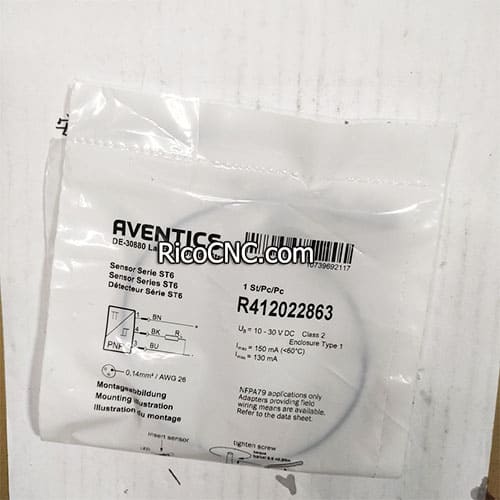
Step-by-Step Guide to Resetting a Furnace Limit Switch
Resetting a furnace limit switch is not a complex procedure, but it must be done safely and methodically. Make sure to turn off the furnace before attempting any reset to avoid potential injury. Below is a step-by-step guide:
Step 1: Turn Off the Power
Ensure that the furnace is completely turned off by switching off the circuit breaker connected to the furnace. This step ensures your safety and prevents any unexpected electrical incidents.
Step 2: Locate the Limit Switch
Most furnace limit switches are found behind an access panel on the furnace body. To access it, locate and remove the screws or clips securing the panel. Inside, look for a switch with a small button on top—often either red or black.
Step 3: Inspect the Furnace Filter
Before proceeding to reset, check the air filter. A dirty filter can cause the furnace to overheat, which is a common reason for the limit switch tripping. Replace the filter if it is clogged, as a clean filter helps the furnace function smoothly, reduces overheating, and minimizes increased energy bills.
Step 4: Press the Reset Button
Once you locate the limit switch, press the reset button gently and hold it for about five seconds. This action will reset the switch and allow the furnace to function again.
Step 5: Restore Power and Test the Furnace
Reattach the access panel, and turn the power supply back on by switching the circuit breaker. Allow the furnace to run through a normal cycle, ensuring the blower fan operates and turns off correctly. If the issue persists, it may require professional intervention.
Note: If resetting does not fix the problem and the limit switch keeps tripping, a more thorough diagnostic, including checking the blower motor or even replacing the limit switch, might be necessary.
When to Call a Professional Technician
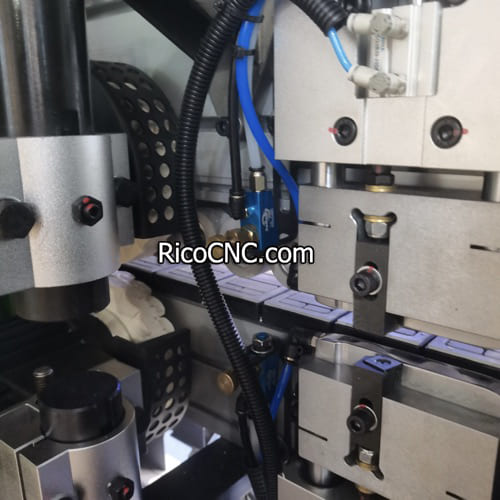
There are situations where resetting the limit switch may not resolve the underlying issues. In these cases, it is crucial to call a professional technician for a comprehensive diagnosis and repair:
Repeated Tripping of Limit Switch: If your limit switch keeps tripping even after multiple resets, there may be an underlying issue with furnace placement, airflow, or even a blower motor failure.
- Error Codes Continue to Appear: Persistent error codes related to limit switch failure indicate a more serious problem that requires professional expertise.
- Malfunctioning Blower Motor: If the blower motor isn’t functioning properly, it can contribute to overheating, causing the limit switch to trip continuously.
Consulting a professional can save you from significant expenses associated with replacing faulty limit switches or other furnace components. Proper diagnostics ensure that all problems are thoroughly addressed.
Consider Upgrading to a Reliable Limit Switch
Upgrading to a more reliable limit switch can save you from repeated breakdowns and improve the overall efficiency of your furnace. For example, check out the 0830100455 AVENTICS Proximity Switch Sensor which can be used in various automated control settings.

Advanced Limit Switch Technologies and Future Trends
Limit switch technologies have come a long way, evolving from simple mechanical systems to sophisticated digital devices with improved sensitivity and reliability. Here’s a look at some of the key advancements:
1. Electronic Limit Switches
Electronic limit switches offer precise control with fewer moving parts compared to traditional switches. These components are less prone to wear and provide more accurate temperature readings, contributing to improved furnace safety.
2. Bimetal Limit Switches
These switches use two different metals that expand at different rates, providing reliable temperature regulation without complex electronics. They are often found in older furnace models but remain effective.
3. Internet-Connected Limit Switches
With the advent of IoT (Internet of Things), limit switches have evolved to include connectivity features. These allow homeowners and technicians to remotely monitor the health and functioning of furnace components through smartphone apps or connected control panels.
FAQs
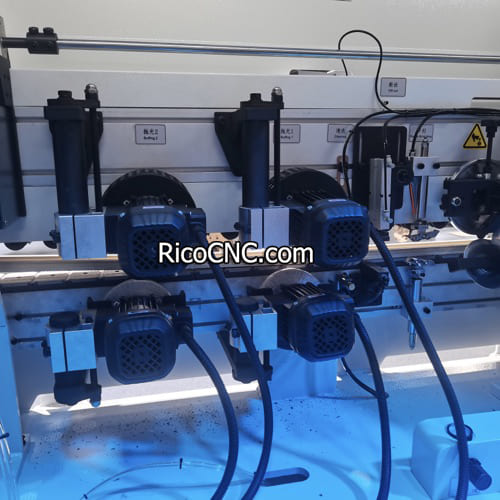
1. How can I reset a furnace limit switch?
To reset a furnace limit switch, turn off the furnace, locate the limit switch under the access panel, and press the reset button for several seconds. Make sure the furnace is off to ensure safety.
2. Why is my furnace blower running non-stop?
The furnace blower running continuously may indicate a tripped limit switch, which keeps the blower on until temperatures drop to a safe level. Resetting the switch can usually resolve this issue.
3. How do I prevent my limit switch from tripping?
Regular maintenance, such as changing air filters, ensuring proper furnace placement, and inspecting wiring, can help prevent the limit switch from tripping.
4. What is the difference between a manual and electronic limit switch?
A manual reset limit switch requires a manual push to reset, ensuring safety checks are performed, while electronic limit switches automatically reset and provide more precise temperature control.
5. When should I replace my furnace limit switch?
If the furnace limit switch continues to trip frequently after multiple resets, it may need to be replaced. Consulting a professional for a thorough evaluation is advisable.
Conclusion
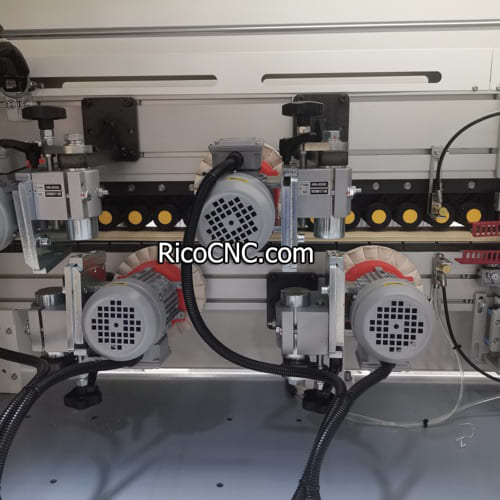
The furnace limit switch is a critical safety component that keeps your heating system running efficiently while preventing dangerous conditions such as overheating. Knowing how to reset a furnace limit switch can save you from unnecessary repairs and help maintain a consistent heating environment. However, if resetting doesn’t work, always call a professional for advanced diagnostics and repairs to ensure the system’s safety and efficiency.
For more information or assistance, feel free to contact us. We offer advanced solutions and upgrades, ensuring that your heating system runs efficiently with the most reliable components.







